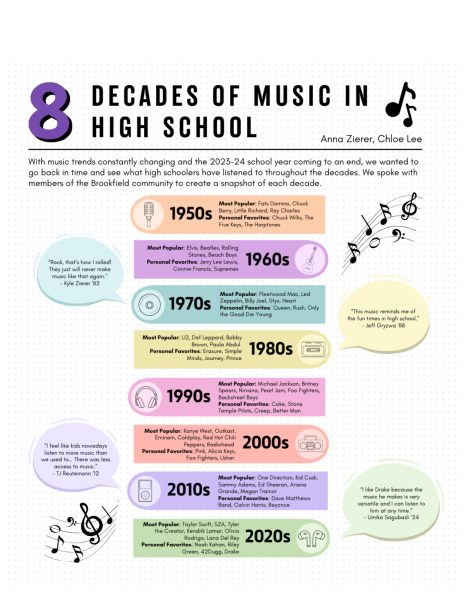Social media: What changed in 2015?
2015 was a fairly eventful year in the world of social media. Social media apps such as Twitter and Snapchat gained upgrades over the year, but at the same time, a few others stayed fairly stagnant.
Twitter picked up a few subtle changes in 2015, with two of the main ones being the addition of video to tweets and the removal of the 140 character limit for direct messaging.
Twitter was formerly known for sharing memes and expressing wit through tweets, but the introduction of 30 second videos brought a whole new element. Viral dances such as “Hit the Quan” and “the Milly Rock” would not have gained as much popularity without the video feature addition. This is because many of these dances were intricate and required more than the 6 seconds of a vine, which was prevalent before the 30 second video feature, for the full experience.
Another improvement Twitter made was removing the 140 character limit for direct messaging, or “dm”. Previously, users who dm’ed followers had to somewhat keep their messages concise, or they’d have to break up their thought into two or even three separate dm’s, which was quite an inconvenience. Since the limit was removed, users can now “slide into the dm’s” smoother than ever, typing as much as they want in each direct message.
One of the controversial changes Twitter made was getting rid of the “favorite” button, which was unique to the app, and instead replacing it with the generic “like” button, which is also shared by Instagram and Facebook. Twitter’s “favorite” button, symbolized by a gold star, was one of its most popular features. The phrase “hit me up with that fav” was very commonly used as a way to ask for favorites, and was extremely catchy. However, Twitter decided to change the feature into “likes” with a heart button. “Hit me up with that like” just isn’t as flashy as its precedent, and the current phrase is rarely used.
Snapchat was another app that underwent a plethora of changes. One of them was the Discover feature, where a number of media outlets give daily updates on the happenings in their respective industries. Another new feature is the snap code, where users can add new friends just by scanning someone else’s code. This saved the hassle of manually typing in usernames to add friends.
An additional convenient feature to Snapchat is that users no longer have to continuously hold down on a button to view a snap. Previously, users had to hold on to the button for dear life, because if they let go for even a split second, the valuable snap they were viewing would disappear forever. Holding the button down was also a problem because Snapchat stories can last hundreds of seconds, which would give a user’s finger quite a rigorous workout.
The app also released a number of updates throughout the year that added a fun twist to the Snapchat experience. These new features included everything from slow-mo videos to unlimited emojis to puking rainbows, which flooded snaps in the subsequent days they were released. However, the frequency that these features were used peaked very quickly, and they disappeared from daily use as fast as they were introduced.
While Twitter and Snapchat evolved in a number of ways to increase their popularity, Instagram has added few features and Facebook continues to be less commonly used. It seems that Instagram has only added a few useless filters in the past year, although the app really has not required any major changes to lure in more people to join the Instagram lifestyle. On the other hand, the usage of Facebook continues to plummet, mainly due to the rise of all the other social media platforms. Personally, the last time I used Facebook was to gain a few extra lives on Candy Crush.
While these new changes in social media may not have necessarily made your tweets more “fire” or gained you an extra 100 friends on Snapchat, many of them have still made social media much more convenient and interesting.












